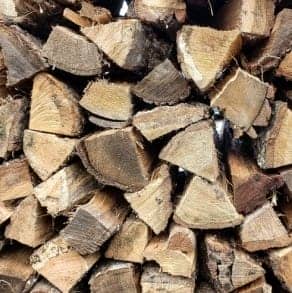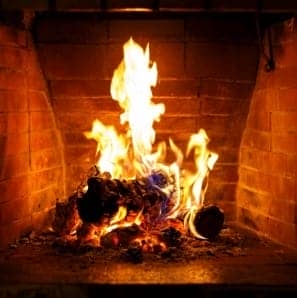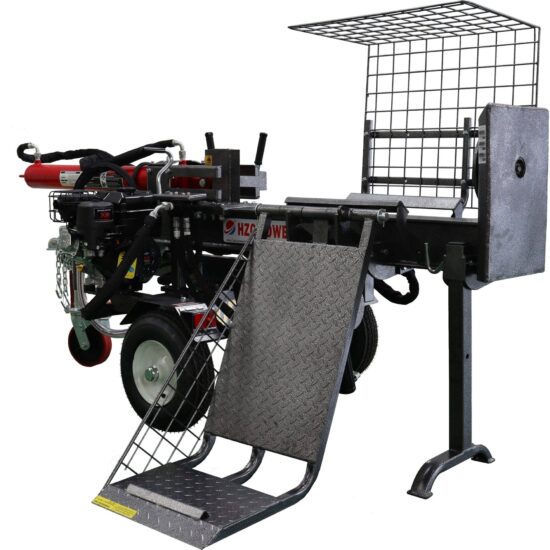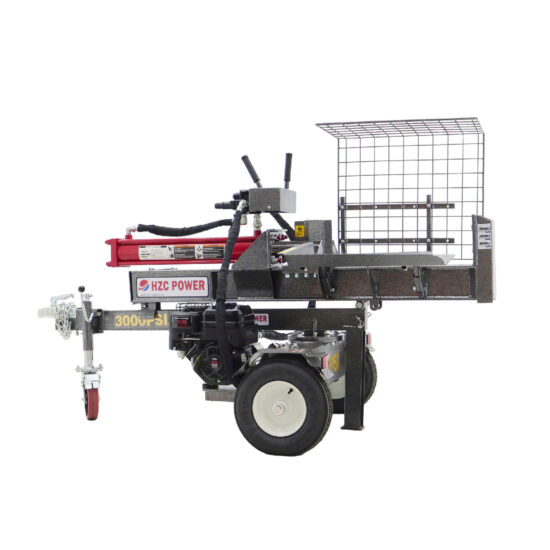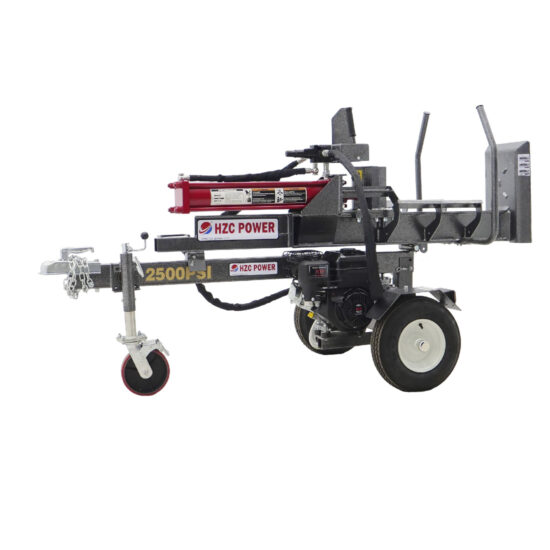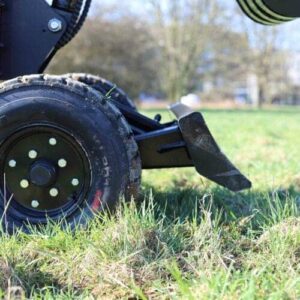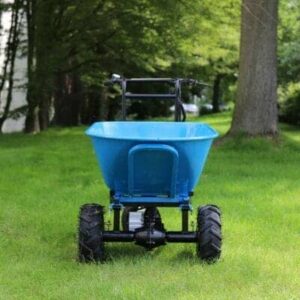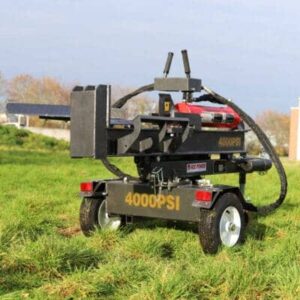Winter is already in full swing and Christmas is getting closer every day. Even we in the Ruhr area have reached the sub-zero temperatures and had to scrape our cars free today. So it’s the perfect time to find out about firewood and make the most of all the time inside the house. Best of all with a crackling fire, which provides additional warmth and cosiness.
Hands off damp wood
In fact, legislation only allows wood to be burned that has a moisture content of no more than 25 percent. This corresponds to a water content of about 20 percent.
Freshly cut wood has a moisture content of about 40 percent and must therefore first be stored for some time. Measuring instruments for checking the moisture content are now available relatively cheaply in DIY stores, but in general wood should be stored for about 2 years.
Why is it forbidden to burn damp wood? It does not burn completely and therefore many pollutants and significantly more fine dust are released. This is bad for the environment as well as for your own stove.
Another advantage is that dry wood has a higher calorific value than moist firewood. Every percent less moisture in the wood provides about 5% more heating capacity. Accordingly, it makes absolute sense to use dried wood.

Not all wood is the same
Different trees naturally provide different wood. Conifers grow much faster than deciduous trees, so the wood of conifers is in principle airier and softer. The wood of deciduous trees tends to be denser and harder.
As a result, wood of coniferous trees (e.g. spruce wood), based on their looser structure, ignites faster and reaches the ideal temperature faster, but burns down more quickly.
The denser wood of a deciduous tree therefore has a better calorific value – i.e. burns longer – and is therefore somewhat more expensive. Because of the calorific value, you can buy wood from deciduous trees more often. But there is also a variety of different deciduous trees and thus also of firewood.
The most commonly used hardwood species
A fire made of beech wood gives a quiet flame and few sparks. It provides a pleasant heat and burns long and with good flame height due to the density of the wood. The disadvantage of the density is that it is more difficult to ignite.
Birch belongs to the rather fast growing deciduous trees and therefore firewood made of birch is comparatively easy to ignite. Afterwards, you can enjoy a rather high, blue fire. However, the calorific value is comparatively low.
Fancy a high and lively fire in the fireplace? Then firewood from an alder should be used. Alder firewood is easy to ignite and provides a great fire. However, alder firewood gives off relatively little heat and doesn’t burn for too long.
Would you rather have a really warming and long-lasting fire? This is best achieved with firewood made of oak. Again, density makes for a good calorific value and at the same time makes it more difficult to ignite. But when the oak fire crackles, it is with many small, crackling flames.
And, of course, you can combine all types of wood and also provide a varied and warming fire.
Which wood is right for you now?
For occasional evenings in front of a crackling fire is good to use the cheap wood from conifers. Often, wood from spruce trees is used here.
However, if a fire is to warm the stove for a longer period of time, then we recommend wood from a deciduous tree. For an open fireplace, we can recommend beech wood, for example, because it burns long and evenly and causes hardly any flying sparks.
Alternatively, you can also use birch wood for an open fireplace – although it burns less long. This also causes few sparks and at the same time provides a pleasant smell due to the oils in the wood.
Oak wood, on the other hand, is more recommended for a closed fireplace, where sparks can easily crackle and fly. And now we recommend quickly put the right wood in the fireplace and enjoy the cozy warming fire in this cold season.
